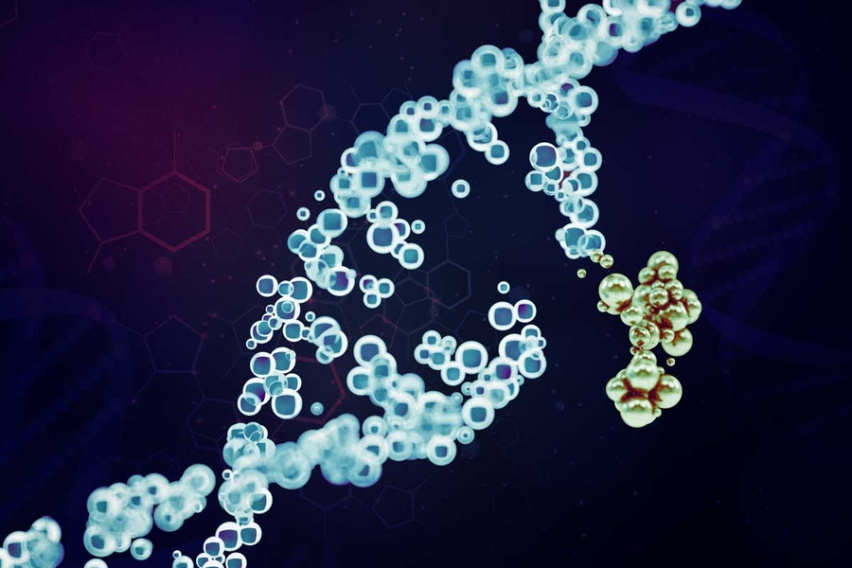MIT 24 Hour Challenge
March 12, 2020
Greetings, cancer fighters! TODAY the Koch Institute is throwing down in MIT’s 24-Hour Challenge. At stake is critical, unrestricted support for research, trainees, and cutting-edge equipment to keep the KI on the frontline of progress against cancer. In this year’s challenge all gifts benefit the Koch Institute Director’s Fund, where gifts from 120 donors will unlock an anonymous challenge gift of an extra $10K.
But wait, there’s more! Gifts from an additional 30 donors will unlock another $15K from Steve Corman '58, SM ’61, who for years has led by example on challenging oneself to do more to fight cancer. That’s an extra $25,000 up for grabs to advance research and training. Today’s challenge is all about the KI community coming together to support innovative solutions for cancer. Learn more about how you can help clinch this challenge!
